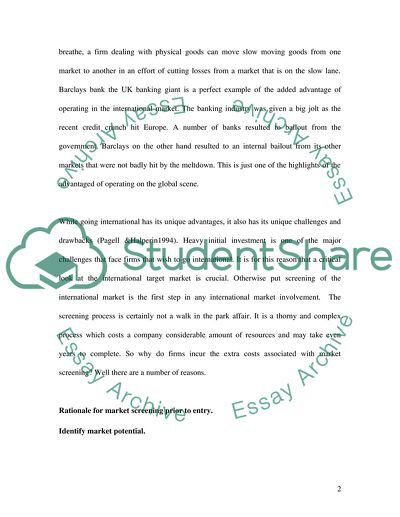Cite this document
(Venturing into the International Marketing Is a Good Recipe for Research Paper - 4, n.d.)
Venturing into the International Marketing Is a Good Recipe for Research Paper - 4. Retrieved from https://studentshare.org/marketing/1726499-international-marketing
Venturing into the International Marketing Is a Good Recipe for Research Paper - 4. Retrieved from https://studentshare.org/marketing/1726499-international-marketing
(Venturing into the International Marketing Is a Good Recipe for Research Paper - 4)
Venturing into the International Marketing Is a Good Recipe for Research Paper - 4. https://studentshare.org/marketing/1726499-international-marketing.
Venturing into the International Marketing Is a Good Recipe for Research Paper - 4. https://studentshare.org/marketing/1726499-international-marketing.
“Venturing into the International Marketing Is a Good Recipe for Research Paper - 4”, n.d. https://studentshare.org/marketing/1726499-international-marketing.


